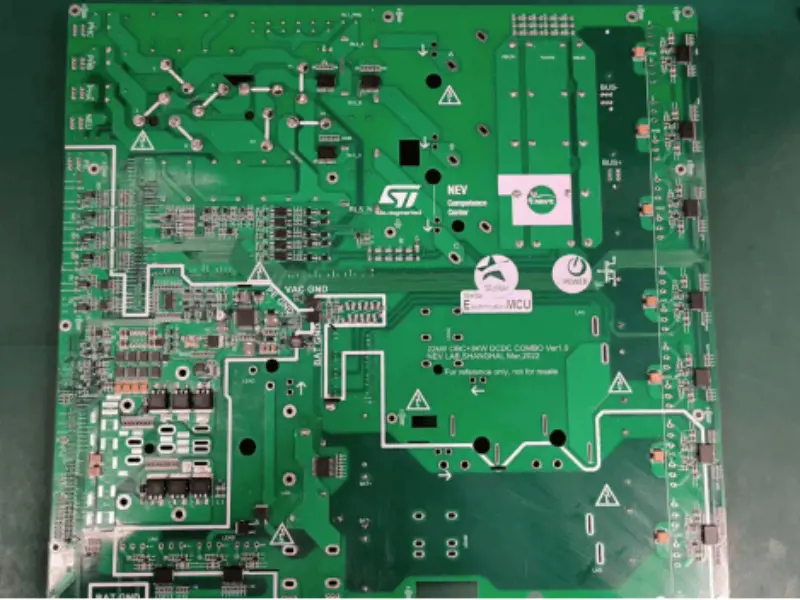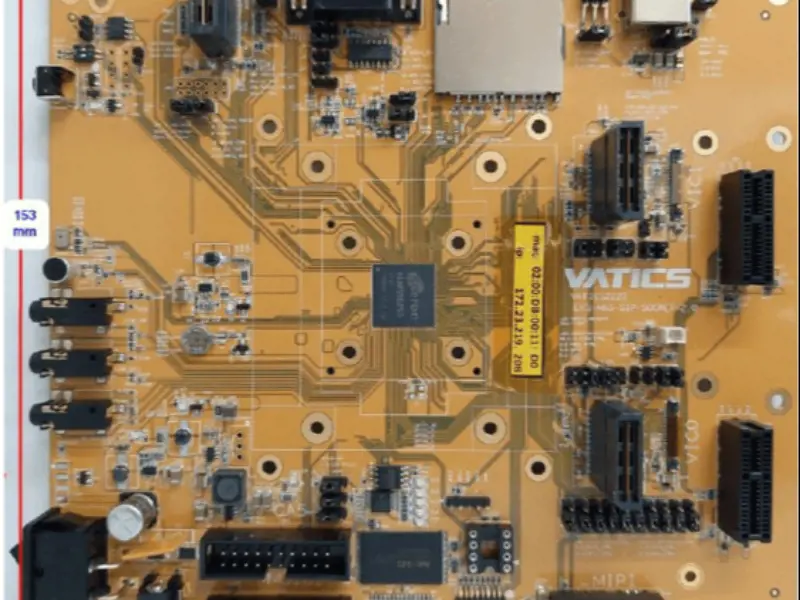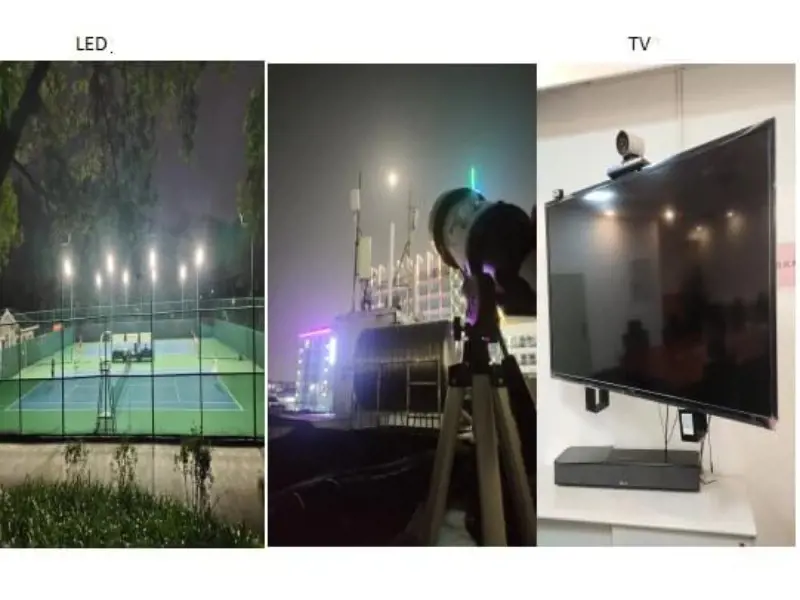Broadband Communication Technology Solutions
Broadband Communication Technology Solutions
Today's broadband solutions are complex, and semiconductor manufacturers must integrate various innovative technologies to deliver low-power, low-cost system solutions that meet the requirements of OEMs, service providers and users.
This article provides a comprehensive introduction to various broadband infrastructures, access methods, and home networking technologies, as well as an in-depth look at the key technology building blocks required to provide broadband connectivity between infrastructure and end devices.
The Evolution of Broadband Services
Broadband communications include the technology and equipment necessary to deliver packetized digital voice, video and data services to users; broadband not only brings high-speed and always-on Internet connectivity to users but also allows service providers to offer various value-added services to increase their operating revenues. Due to the rapid growth of the Internet, manufacturers are massively building cross-city high-speed communication trunks to connect the PoPs (Points of Presence) of population centres and network service providers worldwide. In contrast, the trunk infrastructure or core network is mainly built through optical transmission technology.
From the home or SME office to the backbone infrastructure is the last section of the network construction line. Broadband connectivity technology has been used to solve the problem of insufficient bandwidth in this section of the line, but the technology is still in the early stages of application; for example, according to the United States Yankee Group (Yankee Group), a recent study, the United States residential Internet access users, with a broadband connection of Less than 14% of households have broadband connections.
As home users begin to have broadband lines, people's life and work styles have also transformed. In the past, through the dial-up modem, Internet users must be patient, waiting to download Web data from the network, now these users have turned to broadband Internet services; they found that the use of broadband lines, due to a significant increase in transmission rate, not only web browsing speed becomes faster, but also can provide many other benefits.
For example, higher connection rates allow for a variety of multimedia applications, such as real-time Internet audio streaming, displaying digital photos or sending them to friends and loved ones, watching news event reports and movie trailers, and learning about hotels, restaurants and tourist attractions through virtual reality technology before booking a room.
On the other hand, because broadband lines use fixed-line technology, users can access the Internet at any time, completely different from the traditional dial-up method. Because of this, broadband line users usually keep their computers on and use the Internet to do daily tasks such as checking TV schedules or phone numbers; in contrast, traditional dial-up lines are slow and must be connected before they can start working. The emergence of broadband lines also means that the user can still use the phone line normally when surfing the Internet; consumers do not have to install a second line but can also use the phone to talk to others while surfing the Internet for information.
Another important impact of a home broadband line is that it provides users with an environment that feels like they are in an office, where they can simultaneously use the phone line and computer connection, high-speed Internet access and corporate network email access, file sharing and connection to corporate servers, fulfilling telecommute aspirations.
With a home broadband line, you will find that if you have more than one PC at home, you will have to share the line with other family members. With this in mind, people began to install local area networks in their homes, and when the local area network was completed, people wanted to use it to share files or scanners. People have long been able to perform many functions from a distance via the Internet, such as monitoring their homes, checking on their children at daycare, learning about current traffic conditions, and enjoying high-quality music via Internet radio.
Driving Forces
- The need for high-speed connectivity, streaming video and audio
- Home networking: Multiple PCs and networked appliances in the home
- Personalization: services that are tailored to individual needs
- The gradual shift from the PC world to the networked device world
- Backbone infrastructure will provide higher transmission capacity (and QoS)
Impact Impact
- Every home and business will use more bandwidth
- Infrastructure must provide higher transmission capacity
- End-to-end connectivity must provide QoS
- Mature coexistence of home networking standards
- Voice/video/audio spreads throughout the home and office
- Network appliances, endpoints and services decentralized in the home network
- Security mechanisms to protect consumers, providers and content
TI broadband solutions
TI is the most qualified vendor to deliver complete and innovative solutions to OEMs, offering the following broadband and home networking solutions:
- ADSL: infrastructure, residential gateways and client devices (PC and embedded)
- Cable TV cable: infrastructure (cable modem termination system) and client devices (cable modem)
- Universal connection port remote access servers (RAS) supporting POTS services: dial-up modems (V.90, V.92, V.34.), Group 3 fax and VoP
- VoIP solutions: infrastructure (high connection port density), client devices (integrated access devices) and end devices (IP phones)
- Home networking: Ethernet, 802.11a/b/g wireless Ethernet, Bluetooth
- Integrated digital audio and video: MP3, MPEG4 and others
Only TI offers all the building blocks of an end-to-end solution. Because TI can support every system component from the end device to the infrastructure, it knows exactly how and where to address end-to-end issues such as security, quality of service, network management and remote repair capabilities.
DSP and analogue technologies such as digital wireless telephony and broadband networking devices drive mass production markets. TI is leveraging its strengths in these markets to enter new product applications, including networked audio, VoP, digital cameras, biomedical devices, email terminals, Internet terminals, Internet-capable televisions, video phones and other handheld information appliances, and more. The Internet is a major source of information.
According to IDC's analysis earlier this year, sales of information appliances other than personal computers were about 11 million units or $2.4 billion in 1999 and are expected to grow to about 90 million units or $18 billion in 2004. These products will be very different, but they still have some important common features: simple to use, portable and highly personalized; many will be connected through a fixed broadband line.
TI Broadband Solutions fully leverages all of the company's strengths to bring customers a high degree of functional integration of technological innovation solutions, including:
- Programmable DSP platform leader - the lowest cost, lowest power consumption and highest performance
- Analog technology leader - power signal conditioning and mixed signals
- System, software and analogue integration capabilities - best-in-class system-level integration
- World-class software tools and DSP value-added network - open system to reduce time-to-market and development costs for customers
- Chip/SLI/ASIC technology - customer-specific system solutions
- World-class production facilities - support mass production and rapid ramp up
- Intellectual property (patents) - innovative technology, available for warranty (indemnification)
Final Words
We have acquired all the necessary technology and system knowledge to deliver complete innovative solutions to OEMs ranging from infrastructure equipment to end-of-line devices.







